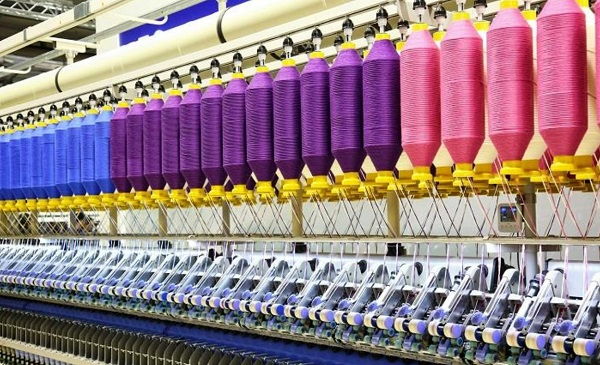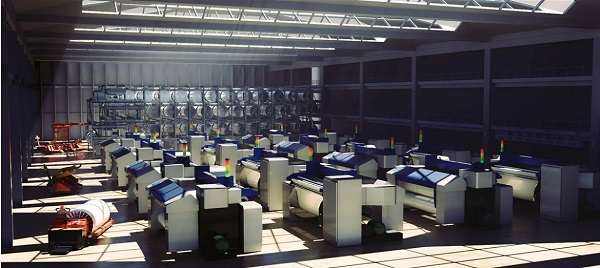Speaking of the industrial revolution, people can't help but think of the manufacturing and textile industries, and the invention of the textile machine/weaving machine is an important turning point in the development history of the textile manufacturing industry, and it has also drawn a heavy stroke in the long history of the industrial revolution. In fact, the textile industry has already moved from artificial textiles to mechanical textiles and smart textiles. Smart textile machines have become important operating equipment in the textile industry. The jacquard machine in the textile machine has laid the foundation for the development of intelligent textile.
When it comes to jacquard looms, we have to talk about its working principle. Card creators use machines to translate patterns into punched cards. Card manufacturers use machines to translate patterns onto punched cards.
First, designers draw their patterns on graph paper. The card maker then translates the pattern row by row onto the punched card. For each unpainted square on the paper, the card maker will punch a hole in the card. For each square drawn, no holes are punched.Each card has its own combination, corresponding to the part of the pattern they represent, which are then tied together and fed one by one through a jacquard device mounted on top of the loom.

When the card is pushed towards the matrix of stitches in the Jacquard mechanism, the stitches pass through the punch holes and the hooks are activated, raising their warp threads. Where there are no holes, the pins press against the card, preventing the corresponding hooks from lifting their wires.
The shuttle then travels through the loom, carrying the weft thread under the raised warp threads and above the unraised warp threads. This repeated process allows the loom to produce the patterned cloth indicated by the punched card.
By the 1820s, jacquard technology had spread to England, there are now 7,000 to 8,000 jacquard looms in this country, the best British designs are cotton, jacquard machines are suitable for everything that has a pattern or a flower, the loom can handle Various textures (woven fabrics) can even be applied to straw hats, horsehair or wire.

With 50 years of design experience and technology, Suntech has developed and produced intelligent jacquard rapier looms that make jacquard looms more intelligent, closely following the footsteps of Industry 4.0, and integrating various processes of textiles with automation and digital applications, which originally required a lot of manual assembly lines. The operation is replaced by machinery, which perfectly integrates the function of intelligent cloth inspection, integrating intelligent textile and intelligent cloth inspection, and automatically inspects the produced cloth by machine, which solves the most expensive cloth inspection problem in the finishing process. The effect of cloth inspection is better than that of manual cloth inspection, which can optimize the textile process and maximize the value, and promote the development of Industry 4.0.
Customers who have used Suntech rapier looms are full of praise for this loom, which can be called artificial intelligence in the loom industry. According to statistics, this loom can save labor costs by 20%-30% on average and increase by 20%-30%. % production efficiency, in addition to automatic cloth inspection, it can also be automatically controlled by PLC, automatic weft finding, servo-type electronic let-off, and servo-type electronic winding, which makes every step of the textile intelligent and greatly improves the production speed.
Rapier jacquard looms play a vital role in the textile industry, and SUNTECH has been working on intelligent jacquard looms! If you want to achieve efficient and fast weaving, if you want to have an intelligent jacquard loom, then click the link to learn about SUNTECH's jacquard machine!




